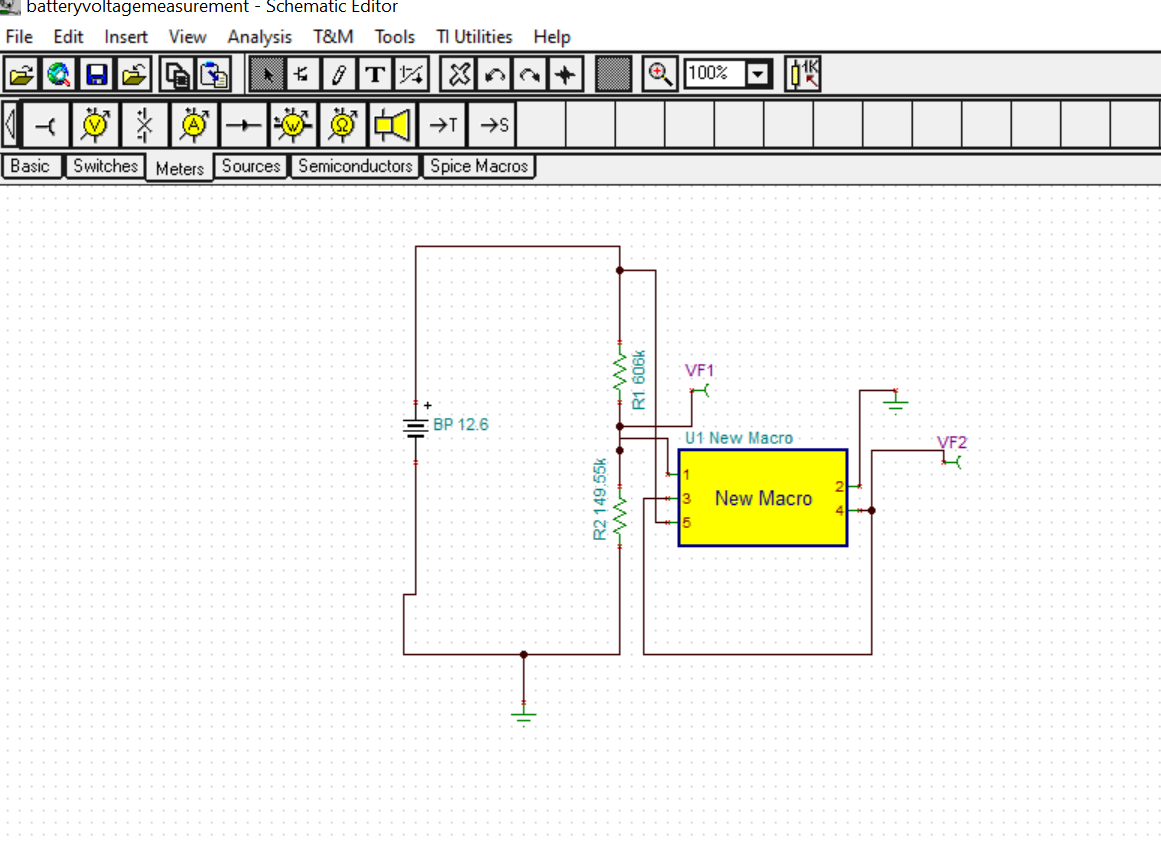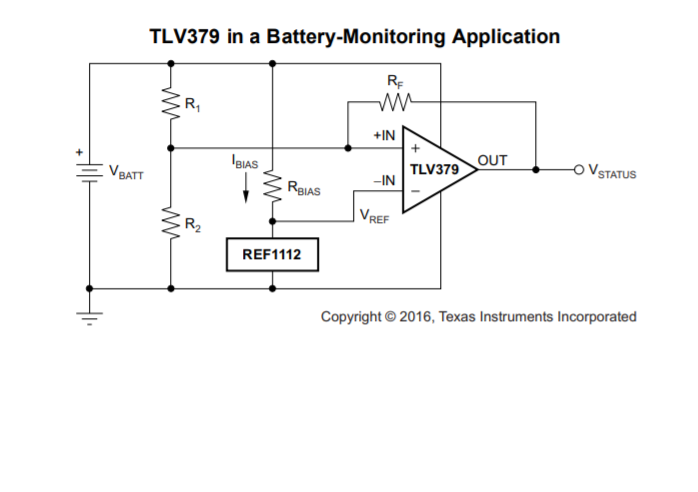Other Parts Discussed in Thread: TINA-TI, REF1112
Hi,
We want to have a battery voltage measurement circuit for Li-ion (NCR18650B) batteries with 3s2p configuration.
We found the resource online from TI https://e2e.ti.com/blogs_/archives/b/precisionhub/archive/2016/07/15/how-to-design-cost-sensitive-battery-monitoring-circuits on battery voltage measurement circuits.
The circuit was working as expected on Tina-ti software with TLV379 op-amp IC. (New Macros is TLV379)
In the datasheet of TLV379 a battery monitor application circuit is given and we want to simulate the given circuit and choose the circuit which is best out of two.
- Could you tell me how to calculate the Rbuffer and Rf values ?
- What is REF1112 related to in the circuit diagram?
On the Board we are measuring battery voltage using ADC (NRF52832).
- Can you please guide on how to simulate the scenario of battery voltage measurement using ADC in Tina- ti software?
Thank-you
Warm Regards
Harini Krishna



